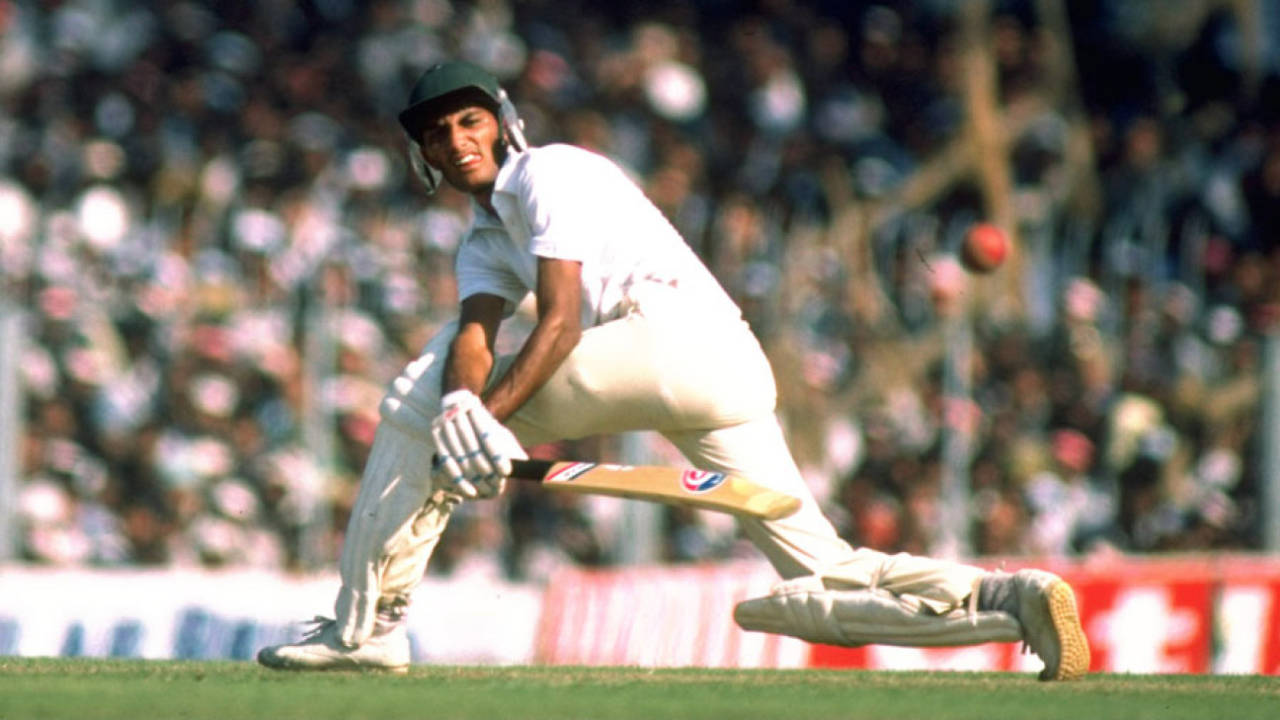How many batters have made three or more hundreds in their first six Test innings?
And what has been the lowest match aggregate by a player while still top scoring for his team in a Test?
Mohammad Azharuddin had three hundreds in his first four Test innings • Getty Images
England's new batting star Harry Brook is only the fifth player - and the first Englishman - to have scored three hundreds in his first six Test innings. Mohammad Azharuddin leads the way: he made three centuries in his first four innings (he's the only man to score hundreds in his first three Tests). Azhar's fourth hundred came in his 25th Test innings for India.
Tagenarine Chanderpaul, in only his second Test, was indeed West Indies' top scorer in both innings of their heavy defeat in Adelaide earlier this month. Rather surprisingly perhaps, his match aggregate of 64 runs - 47 and 17 - comes in only joint ninth on this particular list (considering only matches in which a team was bowled out twice). On top is Frank Hearne, who top-scored with 24 and 23 for South Africa against England in Cape Town in 1891-92.
Arjun Tendulkar, batting at No. 7 for Goa, scored 120 on his first-class debut last week against Rajasthan in a Ranji Trophy match in Porvorim. Back in 1988-89, the 15-year-old Sachin Tendulkar started his career with 100 not out against Gujarat at the Wankhede Stadium in Bombay (now Mumbai).

You're right that the Leicestershire legspinner Rehan Ahmed became England's youngest Test cricketer in the third Test against Pakistan in Karachi last weekend; at 18 years 126 days, he was 23 days younger than Brian Close, the only other 18-year-old to play for England, against New Zealand at Old Trafford in 1949.
Steven Lynch is the editor of the updated edition of Wisden on the Ashes
